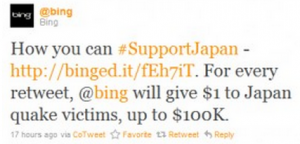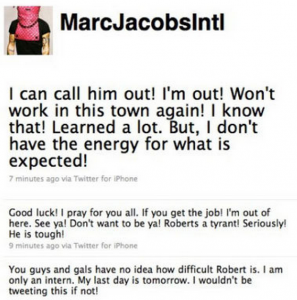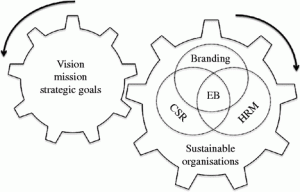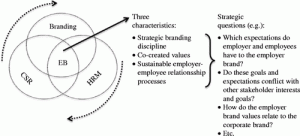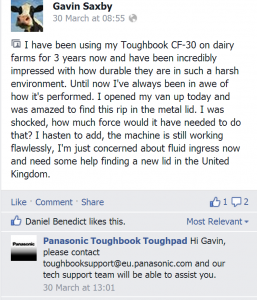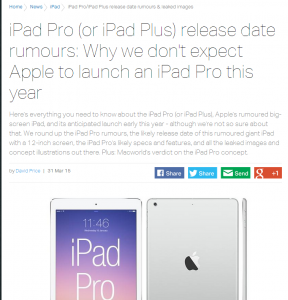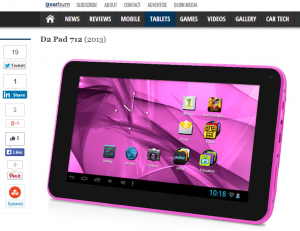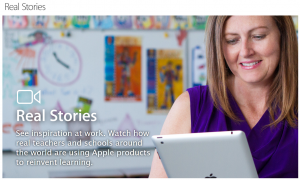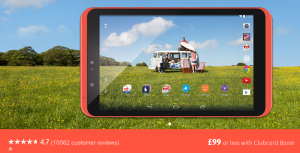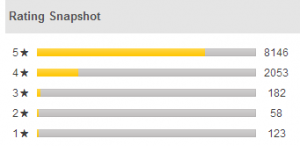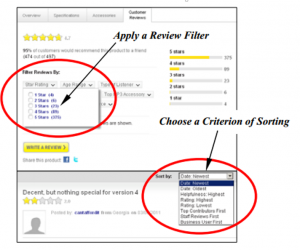“site owners understand that a website not found in the Search Engine Result Pages (SERP) doesn’t exist on the web.” (Bröcker et al, 2008)
Search engines are incredibly significant in the guidance of marketing techniques, organisations can utilise the online opportunities to accomplish marketing goals. To ensure that advertisements are at the top of search results lists some organisations pay to be displayed, they do this to guarantee that they’re seen. This type of promotional tool is referred to as search engine optimisation (SEO). SEO can be costly but nevertheless is it effective, with the potential to produce large amount of brand awareness if used correctly.
“It has long been held that one of the major goals of marketing is to generate and maintain brand awareness; this is seen as particularly important in low-involvement situations where consumers may engage in little active search information to aid choice.” Macdonald et al (2000).
Brand awareness effects the decisions that consumers make, this is because users are more likely to consider brands they know. This brand knowledge can be referred to as a consideration set, organisations aim to be selected from the consideration set (Macdonald et al, 1996).
When searching for tablets the results were as follows…
Figure 1: Google. (2015). Search Results
An IDC report, ‘Web positioning as a critical e-marketing tool’, found three strategic objectives that all organisations who want to optimise their online presence should adopt. Firstly, it is important that an organisation is visible and so listed in a suitable category and with appropriate headings and keywords. It’s important that the webpage is accessible from all devices in order to avoid segregating an audience.
Secondly, it’s critical that the positioning is guided by the target market, in order to attract suitable users. Thirdly, organisations hoping to enhance their SEO should have tactical objectives which are relevant to the rank of organisation, taking competitors into account.
The target market could be children, so when searching for “tablet for children”, a more relevant list of results will be displayed. This results page illustrated the following tablets:
- TEMPO MS706 7 inch Android
- Cheap Tablets 7 inch M755E3
- Kurio Tab 7 Inch Kids Tablet
- 3 inch R430W Android
- hipstreet Phoenix Quad
Figure 2: Google Search Results (2015)
The power of search engines means that customer relationships begin before a customer even sees your web page, it starts when they’re directed to the web page. Customers can be directed to a web page via “on-site search optimization; paid inclusion; sponsored links and paid listings” (David, G.C. 2003).
A search will typically create a page full of listings; these are generally either editorial listings such as the relevant results or paid listings such as promotional advertisements. Typically search engines cross-syndicate there results and so it’s possible that when a consumer uses different search engines they may see the same results. The SEO can be divided into two separations: white hat SEO and black hat SEO.
White hat SEO
White hat SEO is a more genuine way of achieving optimisation; it involves developing the features on the web-pages.
Met description
Metadata creates perspective on a search page, it lays the foundations of why information has been displayed and it can be useful in directing consumers more concisely. It can be very significant to provide descriptions on the search page because these can direct more views to the page, as well as provide the user with important information which they’ll find relevant and this builds confidence. In regards to links a small amount can be enough, if too many are provided then it can appear disorganised.
The meta-description for the Tesco Hudl is displayed as follows…
Figure 3: Google. (2015). Search Results.
Keywords
Consider the words that an operator could think about searching for to discover your page. Operators who identify with the subject may use keywords which are different to a new enquirer. It’s useful to expect alterations in behaviour and prepare for them while scripting web content, arranging a creative assortment of keywords could improve the situation. Google AdWords delivers a useful ‘Keyword Tool’ that supports web designers in their quest for innovative keyword variants, as well as providing the top search queries that your page is found through.
Search optimization achieved by understanding the keywords that consumers are using and are likely to use. Having the correct keywords can make a huge difference in the relevance of viewers on the webpage. Googles ‘Keyword Planner’ helps organisations to get keyword ideas and traffic forecasts, this is useful for getting the key words right, its available here…
Google Ads Youtube. (2015). How to use Keyword Planner.
Once data has been collected organisations can use Google to analyse …
Average monthly searches:
“The average number of times people have searched for the exact keyword based on the location and Search Network targeting that you’ve selected.”Google (2015).
Competition:
“The number of advertisers that showed on each keyword relative to all keywords across Google”Google (2015).
Suggested bid:
“Your suggested bid is calculated by taking into account the costs-per-click (CPCs) that advertisers are paying for this keyword for the location and Search Network settings you’ve selected”.Google (2015).
Ad impression share:
“The number of impressions you’ve received divided by the total number of searches for the location and network you’re targeting that matched the keyword exactly in the last calendar month”.Google (2015).
Navigation
The navigation from search engine to the web page should be simple, this helps avoid any unwanted confusion. In order to retain users and lower bounce rates, the navigation on a webpage should be clearly through links, bread crumbs and anchor text displayed. Links are useful in creating a good reputation; if another website is using your organisation on their web page then it appears more trustworthy and acclaimed.
Each page must have a unique title that will help both search engines and users understand what the page is about. It’s essential that the page is correctly formatted; this is attainable by inserting heading and sub headings, as well as appropriate use of bold, underline and italics. In addition it can be useful to highlight important sections; this will make the text more understandable. Images can make a webpage display more interesting and inviting, they break up large chunks of text and can act as a narrative. For the images to be effective it can be valuable to use original images which are applicable.
Make the display attractive to consumers with the following tips, taken from the Apple Ipad (2015) webpage:
Figure 4: Apple Ipad (2015)
- A link to the home page which diverts users back in order to make the website easy to use
- A search button where customers can search the key term they’re looking for instead of looking through pages to find it
- A frequently asked questions sections which can hopefully clear up majority of confusion and so there will be less need to have staff replying to questions repeatedly
- A contacts section giving customers access to email and telephone options
- Links to the online shop
- Location of nearest store
- Live chat with the organisation
- An app for users to download
Breadcrumb lists are only necessary on large websites with a lot of pages, as they help guide the user. ‘Breadcrumb lists’ consist of a line of internal links which are situated on either the top or the bottom of a web page. The reason for breadcrumb lists is to ensure that users can navigate to a previous pace or a root page easily. Breadcrumbs are not necessary on single- level websites and should be considered as an additional secondary feature, but not a replacement for operative primary navigation menus.
Anchor text makes navigation easier, it is available on web pages, and they are visible as clickable text and arise as an outcome of a link. Ensure success by creating anchor text which is original, useful and well researched
Posting frequency
It’s encouraging to users if the webpage is renewed frequently as it reassures them that the information displayed is up to date. Renewing a webpage also gives the creators a good opportunity to learn and progress.
Paid Search Advertising
Figure 5: Search Results Page Example for Google. Rutz et al. (2007).
Organic links are displayed in order of relevance and popularity, search engines typically analyse keywords in the search in order to provide the user with appropriate links. Paid search advertising is useful for businesses as it ensures that organisations can pay for their advertisement to be displayed as a text ad when relevant keywords are searched for. The advertisement is displayed in the sponsored section of the search results page (see Figure 2). Users become aware of the link even if they do not click on it. This means that brand awareness can be built, brand awareness is important as it strengthens the relationship between the consumer and the organisation.
Figure 6: Paid Search from the Company’s and Consumer’s Perspective. Rutz et al. (2007).
The impression that a user has of an organisation can be assess through figure 3, this demonstrates the process of searching. If organisations create an easy to locate page then they are more likely to receive repeat customers. If consumers find that the page is unusable they’re less likely to return.
Black hat SEO
Black hat SEO tries to can also be referred to as on site optimisation. It’s possible to improve webpage rankings through ‘on-site optimization’, which increases short term traffic. David (2003) identifies some of these techniques as “doorway or cloaked pages contain text, metadata and other features” as well as “spamming”.
This type of technique has received a bad reputation in the past as it can generate traffic which isn’t relevant and therefore isn’t a good indicator of success. Search engines try to minimise the risk of users being directed to irrelevant web pages and so this type of technique is usually banished by the search engines.
Google’s blacklisting statement is available:
“Illicit techniques that manipulate search engines to try to rank a site higher are considered blackhat techniques that violate our Webmaster Guidelines.”
References
- Apple. (2015). Apple Ipad. Available: https://www.apple.com/uk/ipad-air-2/. Last accessed 06/05/15
- Ball, J. (2015, Apr 16). Let’s challenge google while we still can. The Guardian Retrieved from http://search.proquest.com/docview/1673656782?accountid=9727
- Bröcker, Jop, and G. van Ahee. (2008): “Semantics & Search Engine Optimisation.” 1-15.
- David G, C. (2003): “Search Engine Marketing: Why it benefits us all.” Business Information Review 20, no. 4 195-202.
- Karim Bahoul and Eric Ochs. Web positioning as a critical e-marketing tool’. IDC 2001. Available at www.idc.fr.
- Google. (2015). Understanding your Keyword Planner. Available: https://support.google.com/adwords/answer/3022575?hl=en. Last accessed 06/05/15.
- Google Ads Youtube. (2015). How to use Keyword Planner. Available: https://www.youtube.com/watch?v=bxREkVhzEkw. Last accessed 06/05/15.
- Google. (2015). Search Results. Available: https://www.google.co.uk/search?q=tablets&ie=utf-8&oe=utf-8&gws_rd=cr&ei=tHQ_VYT0DuaE7gb3voC4AQ. Last accessed 28/04/15.
- Google. (2015). 2.5 Learn about search engine optimization. Available: https://support.google.com/webmasters/answer/6001181?hl=en. Last accessed 06/05/15.
- Google. (2015). Using Keyword Planner to get keyword ideas and traffic forecasts. Available: https://support.google.com/adwords/answer/2999770. Last accessed 06/05/15.
- Macdonald, E. K., & Sharp, B. M. (2000). Brand Awareness Effects on Consumer Decision Making for a Common, Repeat Purchase Product: A Replication. Journal of business research, 48(1), 5-15.
- Macdonald, E., and Sharp, B. (1996) Management Perceptions of the Importance of Brand Awareness as an Indication of Advertising Effectiveness. Marketing Research On-Line 1 1–15.
- Rutz, O. J., & Bucklin, R. E. (2007). A model of individual keyword performance in paid search advertising. Available at SSRN 1024765.

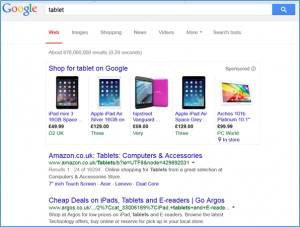
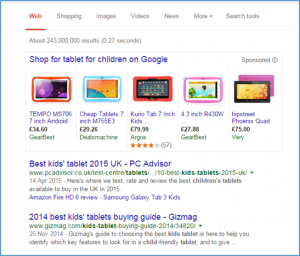
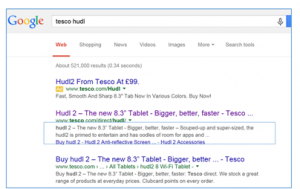
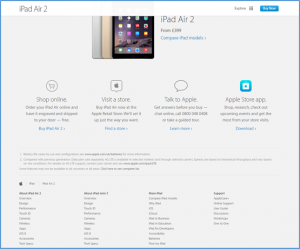
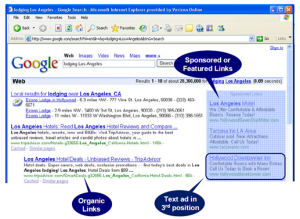
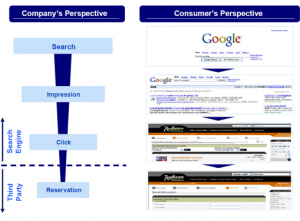

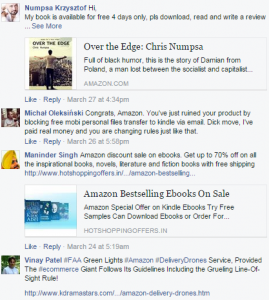
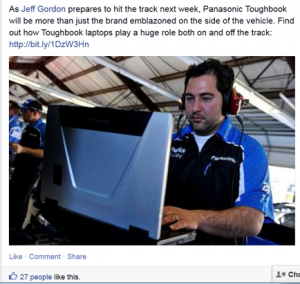

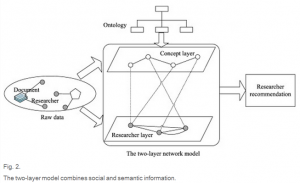
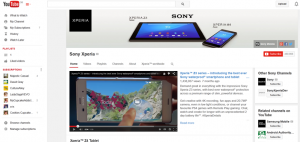
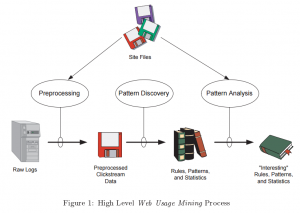

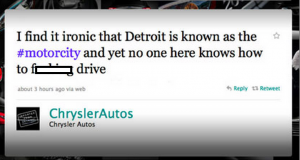
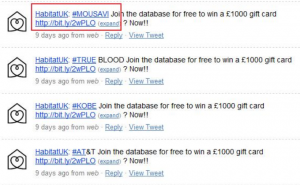 Source: Inquisitr. (2009). Habitat UK’s Twitter fail.
Source: Inquisitr. (2009). Habitat UK’s Twitter fail.